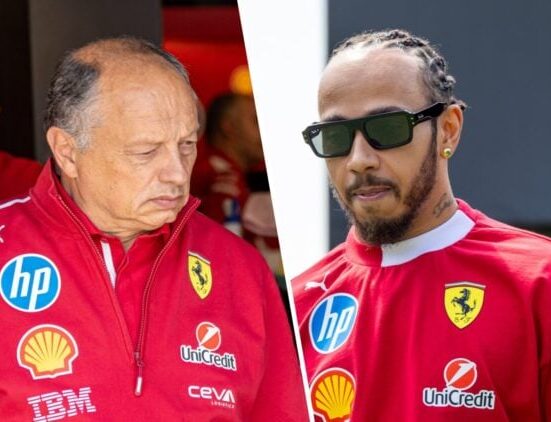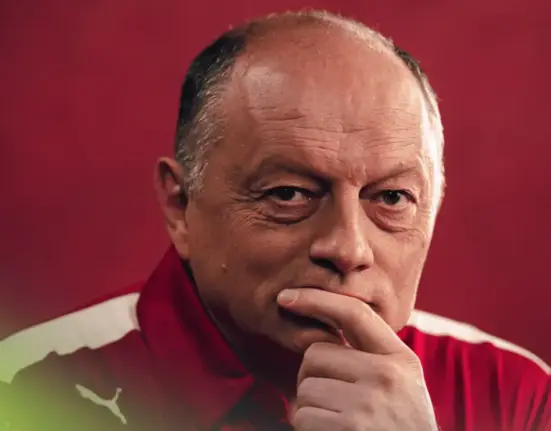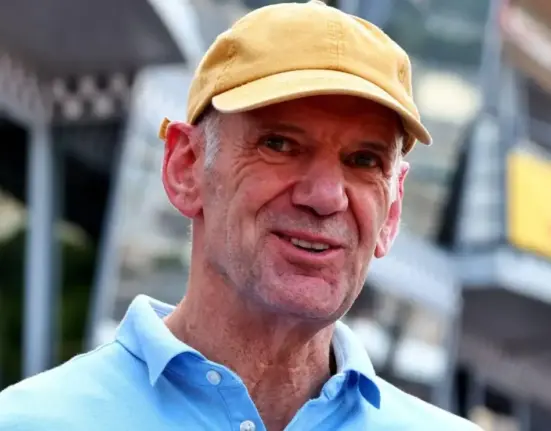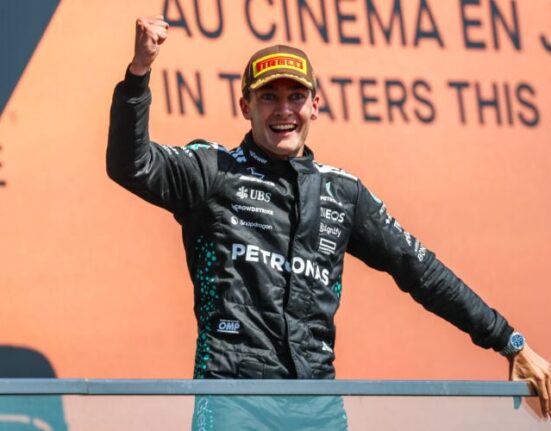The 2025 Bahrain Grand Prix was a chaotic race, not only due to the mixed use of strategies from teams which made it a tonic to watch after the slower Japanese Grand Prix, but broadcast issues plagued Sunday’s campaign. This also had a knock on effect for George Russell as his DRS went haywire and place on the timing board jumped from top to bottom and back again.
Timing tower terror
Viewers watching the broadcast were treated to a number of glitches during the latter stages of the race. As George Russell hunted down race leader Oscar Piastri in a bid for his first race win since the 2024 Las Vegas Grand Prix, his place on the timing board suddenly dropped to dead last. You weren’t the only one checking to see if the W16 driver had left the track as he defended against McLaren’s Lando Norris, I assure you.
In fact what had happened was a transponder malfunction, causing the entire timing system display to become unreliable. Interestingly, this is the fourth of five races so far this season where there has been an issue with the timing tower, albeit only brief.
Hold on, what’s a transponder?
Very simply, a transponder is a device fitted to each car which receives and transmits radio signals. There’s one fitted on the line of the front axle, and a backup typically found on the right side of the cockpit. When the transponder runs over specific grooves in the track, F1 is able to track the timing of the car, its place on track, and compare it to others around it.
Lando Norris, McLaren, George Russell, Mercedes
Photo by: Zak Mauger / Motorsport Images
These grooves in the track work as checkpoints – or timing loops – each consisting of highly protected wires that are able to log the individual frequencies from each transponder, and this data is sent to a number of places – one being the timing board for the broadcast via the broadcast centre.
An official timing system runs parallel to the system that’s used for the television feed, and there are also a number of backups available. Infrared can be used to track car position, for example, or even video cameras if everything else fails.
Russell’s technical nightmare
Russell’s Mercedes had a number of technical issues throughout the race, with the transponder being just one part of a cascade of electrical failures.
“It was a really challenging race,” Russell admitted to Sky Sports F1 following his Bahrain campaign. “We had all sorts of problems in the last 12 laps.
“We had a brake-by-wire failure, so when I was hitting the brakes it was going all the way to the floor! I had to do some re-sets, then it came back to me. Then it failed.
“For 10 laps in a row, going into every corner, I didn’t know if my brake was solid or going to the floor.
“It really compromised my race. Coming home P2 was mega.”
It certainly was an impressive showing from Russell who fought off the Papaya driver behind him, all while struggling with these electric demons, including an issue with the DRS. This, the FIA admitted, was caused by an issue with a timing loop.
The official FIA document on the matter stated the following:
“The connection between the automated DRS activation system and the car failed due to issues with a timing loop provided by an external party. Therefore the FIA authorised manual activation of the DRS in accordance with Article 22.1 h). At the time the driver was experiencing a brake-by-wire issue and other electronic issues. He was at that time advised to use an auxiliary button in the cockpit which serves as a back up radio button but also serves as a manual DRS activation button.
“On the straight between turns 10 and 11 he tried to radio the team using this button but instead accidentally activated the DRS. The DRS was activated for a distance of 37 metres on a straight of approximately 700 metres. Whilst he gained 0.02 seconds, he gave up 0.28 seconds at the next corner to compensate. This was confirmed by telemetry.
“Accordingly whilst technically a breach occurred the Stewards decide that as there was no sporting advantage gained, no penalty is imposed.”
Lando Norris, McLaren
Photo by: Zak Mauger / Motorsport Images
Norris was also affected by the malfunction, with his car not automatically recognising it was within DRS range.
“We can only use DRS when we’re 100% sure we’re within it,” Will Joseph, Norris’ race engineer, told him during his fight for second place.
F1 is a complex sport, and with complexity, there is always risk of failure. Fortunately, the systems were back online before long, and fans were able to enjoy the brilliant race.










Leave feedback about this